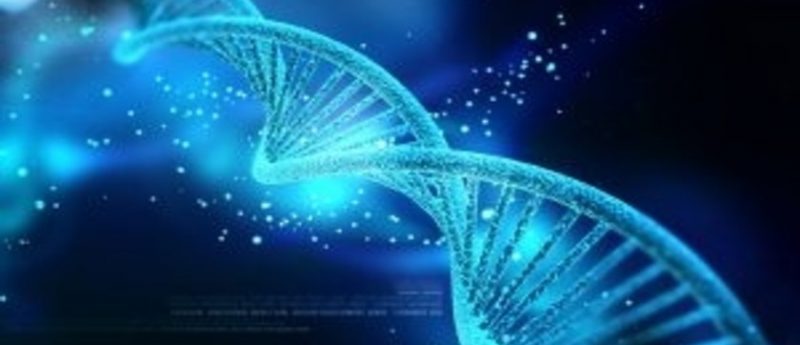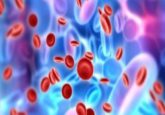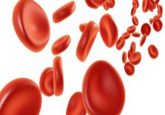New investigational agent designed to fight ALL at the transcriptional level

A report of a preclinical study, which will appear this week in the October 23rd edition of Nature, has highlighted the potential of blocking the enzyme JMJD3 as a practical treatment strategy in T-cell acute lymphoblastic leukemia (ALL).
The results of the study, which was led by investigators at the New York University Langone Medical Center (NY, USA), could contribute to the development of a first-of-its-kind alternative to standard chemotherapy for the disease.
“Revealing the actions of JMJD3, and successfully blocking the enzyme to stall tumor progression, shows that new treatments for T-cell acute lymphoblastic leukemia are not simply theoretical, but practical,” commented senior study investigator Iannis Aifantis (Langone Medical Center).
The enzyme JMJD3 is believed to act as an ‘on’ switch in cancer owing to its modifications of the protein PRC2, which is normally methylated by a tumor-suppressing enzyme. JMJD3 is able to demethylate PRC2, resulting in the activation of the NOTCH1 signaling pathway; a pathway that is reported to be significantly active in at least half of all individuals with T-cell ALL.
“Our investigations are showing incredible promise in fighting this disease at the transcriptional level,” Aifantis continued. “We are blocking the action of enzymes controlling the transcription of proteins involved in leukemia rather than attempting to directly suppress cancer genes.”
These findings are described as the culmination of several years of research by Aifantis and his team, during which they have been attempting to unravel precisely how PRC2 is able to suppress tumor growth. This investigation revealed further details concerning the chain of events that results in PRC2 being evicted from cells, eliminating NOTCH1 suppression. Observing the histone 3 lysine 27 proteins JMJD3 and UTX, the study determined that JMJD3 was active in both mice and human leukemia cells, while UTX was not significantly expressed in leukemia, but highly active in noncancerous mouse and human cells.
The researchers report that there is already an investigational agent in development, termed GSKJ4 (GlaxoSmithKline, Stevenage, UK), which is targeted at this signaling pathway. Treating both mice and human leukemia cells with GSKJ4 prevented JMJD3 activity and eventually led to cancer cell death. Subsequent genetic experiments determined that leukemic mice lacking the ability to produce JMJD3 demonstrated reduced NOTCH1 activity, while UTX activity remained unchanged. The disease was also noted to progress much faster in mice lacking the ability to produce UTX.
“Our report serves as a valuable reminder of just how complex cancers like T-cell acute lymphoblastic leukemia can be, and that enzymes can play many, even opposing, roles in both tumor growth and suppression,” added Aifantis.
Taken together, the results suggest that JMJD3 could be critical in the initiation and maintenance of T-cell ALL, while UTX appears to function as a tumor suppressor. These opposing roles of two proteins with similar enzymatic activity in the same disease is highlighted in the paper, which the researchers believe could pave the way for the use of epigenetic inhibitors in haematopoietic malignancies. Leading on from this study, the efficacy of GSKJ4 will be tested in mouse models of human leukemia both alone and in combination with chemotherapy.
Sources: Ntziachristos P, Tsirigos A, Welstead GG et al. Contrasting roles of histone 3 lysine 27 demethylases in acute lymphoblastic leukaemia. Nature doi: 10.1038/nature13605 (2014) [Epub ahead of print]; NYU Langone Medical Center press release





